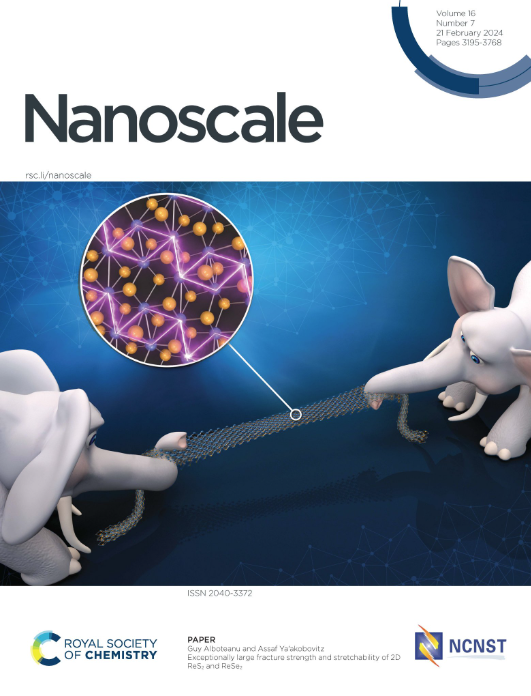First principle investigation of hydrogen passivation for selective atomic layer deposition of Pt, Cu, and Au metals
IF 5.8
3区 材料科学
Q1 CHEMISTRY, MULTIDISCIPLINARY
引用次数: 0
Abstract
Atomic Layer Deposition (ALD) is a critical technique in nanofabrication, enabling precise thin-film deposition at the atomic scale. As devices become increasingly smaller and more complex, there is a critical need for deposition techniques that offer atomic-scale precision and spatial selectivity to design intricate patterns and structures. This study investigates the effects of hydrogen passivation on the deposition behaviour of platinum (Pt), copper (Cu), and gold (Au) using first-principles simulations. The Density Functional Theory-based nudge elastic band method was employed to evaluate the energy barriers associated with the initial adsorption reactions of precursors on hydrogen-passivated and bare silicon substrates. Additionally, vibrational frequency calculation assesses the thermodynamics of the reactions analyzed. Results show that hydrogen passivation significantly increases the energy barriers for Pt, Cu, and Au, effectively hindering the deposition process on passivated surfaces. This passivation acts as a selective masking layer, suggesting favoured deposition on hydrogen-free regions. Gold exhibited the highest potential barrier difference among the metals studied, while platinum demonstrated the most controlled reaction pathways. Overall, the findings highlight the potential of hydrogen passivation in achieving selective ALD for advanced nanoscale device manufacturing.铂、铜、金金属选择性原子层沉积氢钝化的第一性原理研究
原子层沉积(ALD)是纳米制造中的一项关键技术,可以在原子尺度上实现精确的薄膜沉积。随着器件变得越来越小,越来越复杂,迫切需要能够提供原子尺度精度和空间选择性的沉积技术来设计复杂的图案和结构。本研究利用第一性原理模拟研究了氢钝化对铂(Pt)、铜(Cu)和金(Au)沉积行为的影响。采用基于密度泛函理论的轻推弹性带方法对前驱体在氢钝化和裸硅衬底上的初始吸附反应的能垒进行了评价。此外,振动频率计算评估了所分析反应的热力学。结果表明,氢钝化显著增加了Pt、Cu和Au的能垒,有效地阻碍了钝化表面的沉积过程。这种钝化作用作为一个选择性掩蔽层,表明有利于沉积在无氢区域。在研究的金属中,金表现出最大的势垒差,而铂表现出最受控制的反应途径。总的来说,研究结果强调了氢钝化在先进纳米级器件制造中实现选择性ALD的潜力。
本文章由计算机程序翻译,如有差异,请以英文原文为准。
求助全文
约1分钟内获得全文
求助全文
来源期刊

Nanoscale
CHEMISTRY, MULTIDISCIPLINARY-NANOSCIENCE & NANOTECHNOLOGY
CiteScore
12.10
自引率
3.00%
发文量
1628
审稿时长
1.6 months
期刊介绍:
Nanoscale is a high-impact international journal, publishing high-quality research across nanoscience and nanotechnology. Nanoscale publishes a full mix of research articles on experimental and theoretical work, including reviews, communications, and full papers.Highly interdisciplinary, this journal appeals to scientists, researchers and professionals interested in nanoscience and nanotechnology, quantum materials and quantum technology, including the areas of physics, chemistry, biology, medicine, materials, energy/environment, information technology, detection science, healthcare and drug discovery, and electronics.
 求助内容:
求助内容: 应助结果提醒方式:
应助结果提醒方式:


